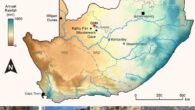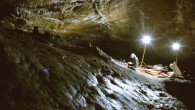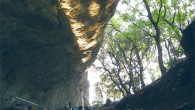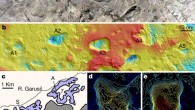Archaeologists excavating Liang Tebo Cave on the Indonesian island of Borneo have discovered the skeletal remains of a young individual who had the distal third of their left lower leg surgically amputated, probably as a child, at least 31,000 years ago; the individual survived the procedure and lived for another 6-9 years, before their remains were intentionally buried in the cave. The discovery pre-dates the previous oldest known evidence for...




















